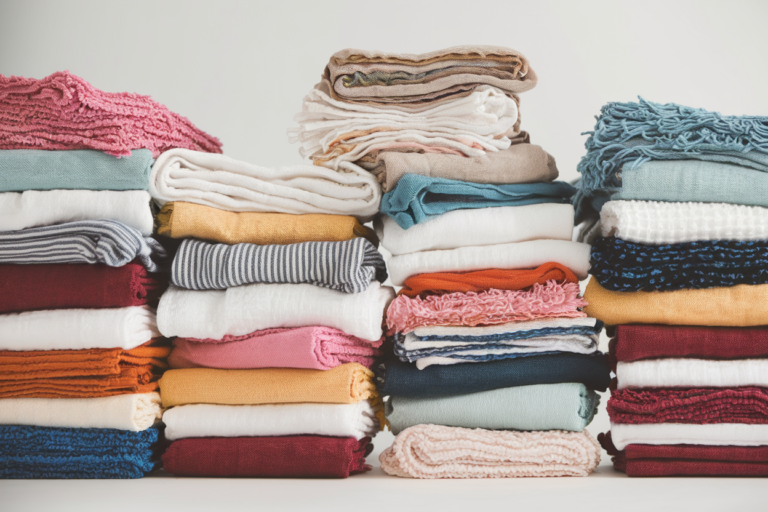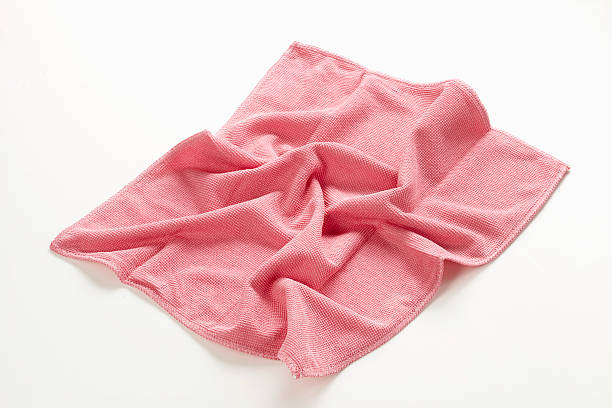How Cotton Rags Help Reduce Environmental Waste and Promote Reuse 2025
In a world increasingly focused on sustainability, the use of cotton rags has emerged as a simple yet impactful solution for reducing environmental waste. With their reusable and biodegradable properties, cotton rags promote a culture of reuse and reduce reliance on disposable cleaning materials. Let’s explore how cotton rags contribute to environmental conservation and why they are an eco-friendly choice for individuals and businesses.
The Environmental Waste Problem with Disposable Products
Disposable Cleaning Materials and Waste Generation
Every year, billions of disposable cleaning products, like paper towels and synthetic wipes, are discarded, contributing significantly to landfills. These items are often made from materials that are not biodegradable, leading to long-term environmental pollution.
Environmental Waste Impact of Disposable Cleaning Products
| Product | Material Composition | Decomposition Time | Environmental Impact |
|---|---|---|---|
| Paper Towels | Wood pulp and chemical dyes | Up to 1 month (if not treated) | Deforestation, water pollution |
| Synthetic Wipes | Polyester, plastic fibers | 100+ years | Microplastic pollution, non-biodegradable |
| Sponges | Plastic-based materials | 52,000+ years | Marine pollution, microplastic release |
The Eco-Friendly Nature of Cotton Rags
Biodegradable and Reusable Properties
Unlike synthetic materials, cotton rags are made from natural fibers, making them biodegradable. When a cotton rag reaches the end of its life, it breaks down naturally, unlike plastic-based products that can linger in the environment for centuries.
Reusability and Durability
Cotton rags can be washed and reused multiple times, reducing the need to continually purchase and dispose of single-use items. This not only saves money but also minimizes waste production. One cotton rag can replace hundreds of disposable paper towels over its lifespan.
How Cotton Rags Support a Circular Economy
Promoting Reuse and Recycling
Cotton rags are often made from recycled fabric or upcycled clothing, giving new life to materials that might otherwise end up in landfills. By using and reusing cotton rags, we support a circular economy where resources are kept in use for as long as possible, minimizing waste.
Benefits of Using Recycled Cotton Rags
| Benefit | Description |
|---|---|
| Waste Reduction | Decreases landfill contributions by reusing fabric materials |
| Resource Conservation | Saves water and energy compared to producing new materials |
| Cost Savings | Reduces spending on disposable cleaning products |
Practical Applications of Cotton Rags
Home Cleaning
Cotton rags are perfect for wiping surfaces, cleaning spills, and dusting furniture. They can be used with or without cleaning solutions and are effective for both wet and dry cleaning tasks. Once dirty, they can be thrown in the wash and reused.
Industrial and Commercial Uses
Industries use cotton rags for heavy-duty cleaning and machinery maintenance. In auto shops, manufacturing plants, and other commercial environments waste, cotton rags are a cost-effective and sustainable choice for keeping workspaces clean.
Reducing Carbon Footprint with Cotton Rags
Lowering Demand for Resource-Intensive Paper Products
Producing paper towels requires significant amounts of water, energy, and deforestation. By switching to cotton rags, the demand for paper-based cleaning products decreases, which can help conserve forests and reduce carbon emissions associated with production.
Minimal Energy Use for Maintenance
Washing cotton rags requires less energy compared to manufacturing disposable products. Plus, washing can be done in an eco-friendly manner using cold water and energy-efficient machines.
Energy Comparison of Cotton Rags vs. Paper Towels
| Factor | Cotton Rags | Paper Towels |
|---|---|---|
| Production Energy | Minimal (often recycled fabric) | High (pulp processing, bleaching) |
| Maintenance Energy | Washing machine (cold wash) | N/A (single-use, disposed) |
| Waste Disposal | Biodegradable | Long-lasting landfill waste |
Cotton Rags in the Workplace: An Eco-Conscious Decision
Encouraging Sustainability in Businesses
Organizations that prioritize sustainability can benefit from using cotton rags in place of disposable cleaning materials. This change not only reduces environmental waste impact but also aligns with eco-friendly business practices, which are increasingly valued by consumers and clients.
Case Studies: Companies Making a Difference
Several businesses have made the switch to cotton rags and reported positive outcomes. For instance, automotive workshops have cut down on waste and operational costs, while cleaning companies have adopted eco-friendly practices to appeal to a growing environmentally-conscious customer base.
Tips for Making the Most of Your Cotton Rags
Proper Care and Maintenance
- Wash Regularly: To keep cotton rags hygienic, wash them regularly using a gentle detergent. Air drying is recommended to extend their lifespan.
- Separate for Different Uses: Use color-coded cotton rags for different cleaning tasks (e.g., blue for glass, white for kitchen spills) to maintain cleanliness and efficiency.
Upcycling Old Cotton Rags
When a cotton rag becomes too worn out for cleaning, consider upcycling it for use as plant ties, padding material, or even compost (if it’s 100% natural cotton).
Conclusion
Cotton rags are a sustainable alternative that helps reduce environmental waste while promoting the culture of reuse. By integrating these eco-friendly cleaning solutions into your daily routine, you contribute to a healthier planet and set an example of responsible resource management. Small changes, like switching to reusable cotton rags, can have a significant impact on the environment, proving that eco-conscious decisions are both practical and effective.







